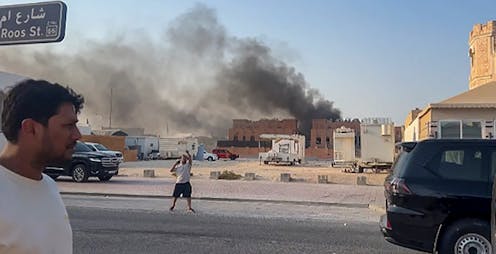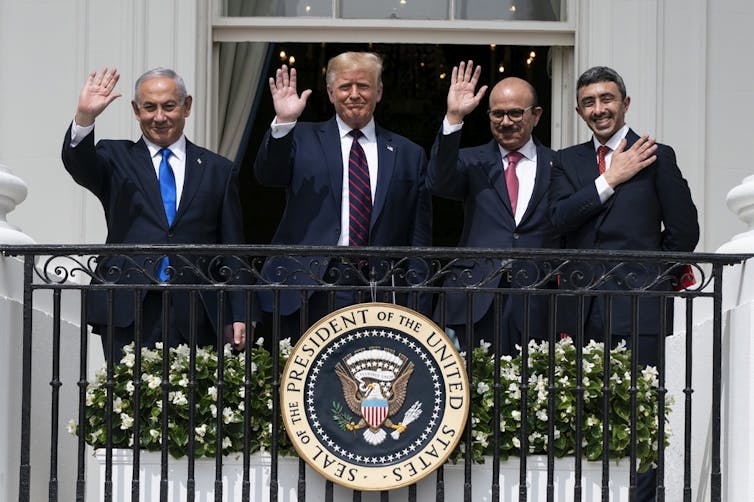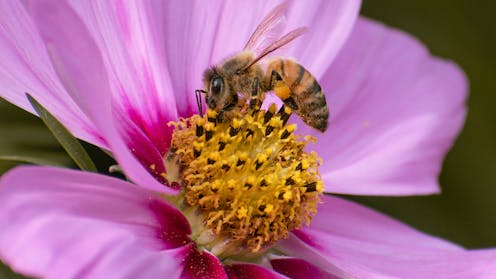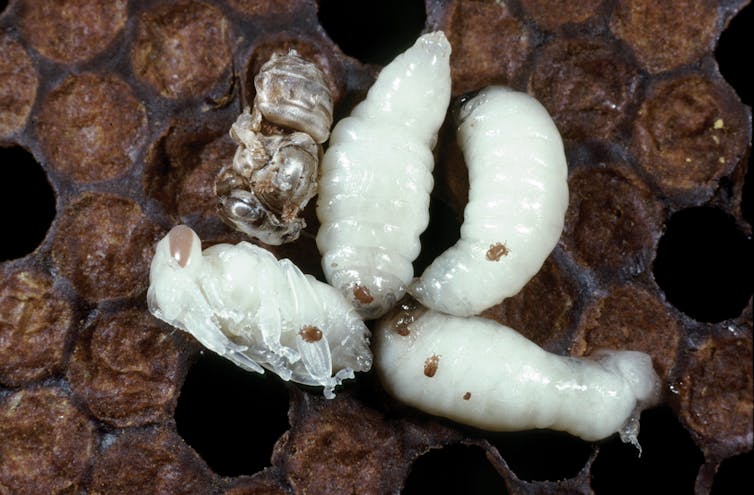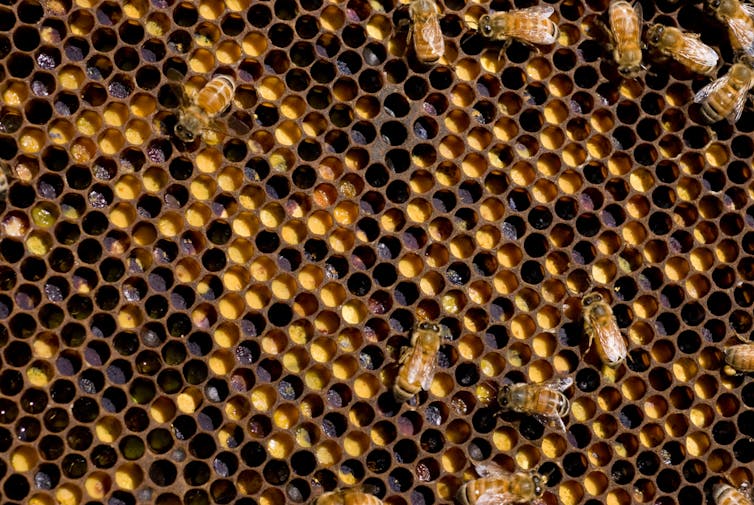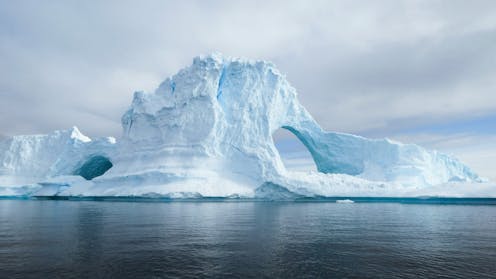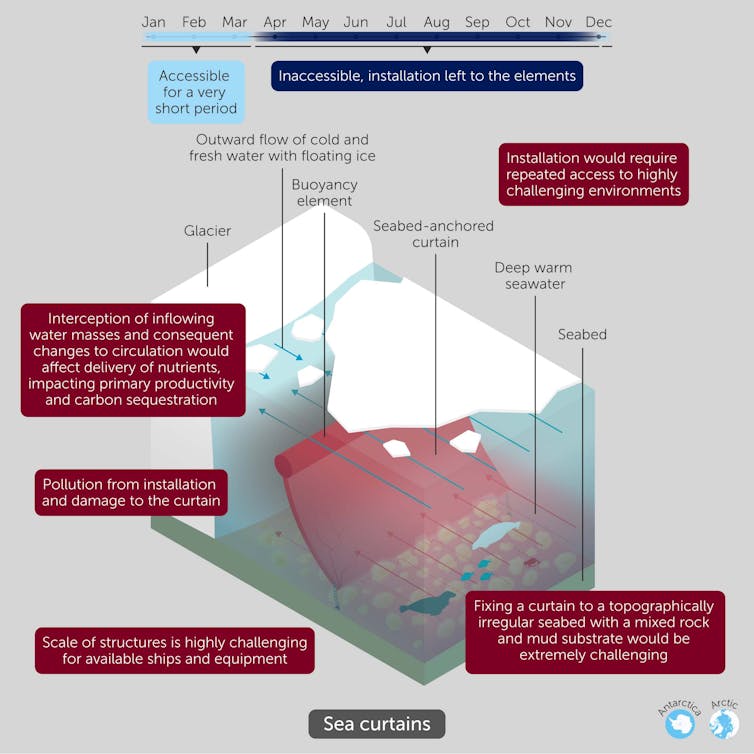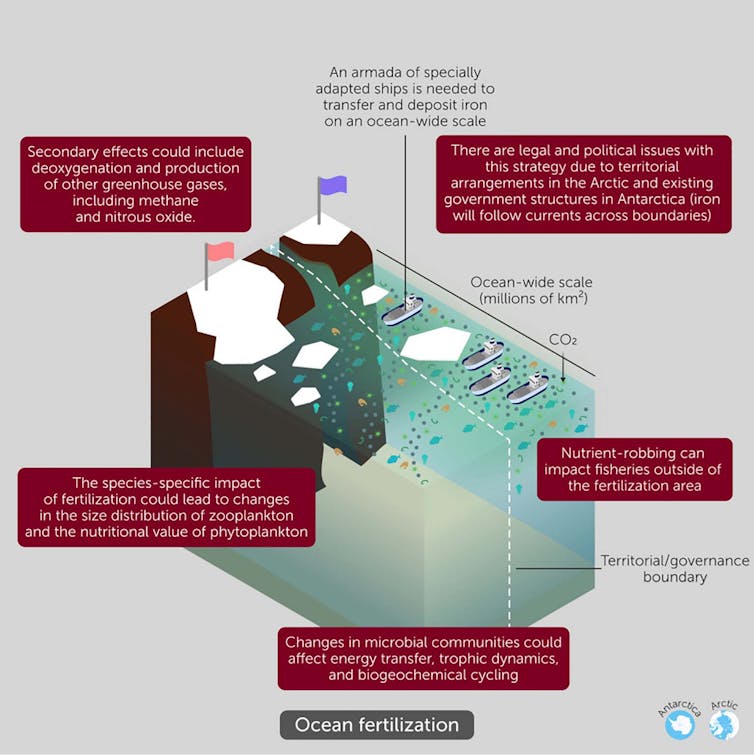Source: The Conversation – Global Perspectives – By John Deni, Research Professor of Joint, Interagency, Intergovernmental, and Multinational Security Studies, US Army War College
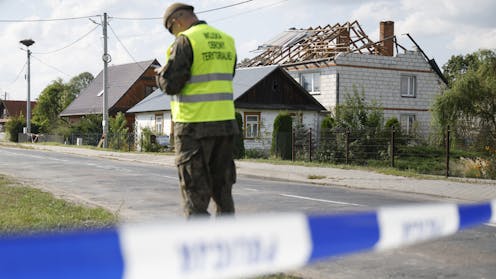
NATO fighter jets shot down multiple Russian drones in Polish airspace on Sept. 10, 2025, sparking fears of an expanding Russia-Ukraine war.
The incident represented the first such incursion by unmanned Russian aircraft into the territory of a NATO member since the invasion of Ukraine in February 2022. Moscow said it did not target Poland, raising the possibility of the drones unintentionally straying off course. But several European leaders indicated that they believed the incursion to be intentional.
Poland responded with a rare move, invoking Article 4 of the NATO treaty. The Conversation turned to John R. Deni, a nonresident Senior fellow at the Atlantic Council and author of “NATO and Article 5: The Transatlantic Alliance and the Twenty-First-Century Challenges of Collective Defense,” to explain what invoking these articles means – and what might happen next.
What is Article 4 of the NATO Treaty?
Article 4 can be invoked by any NATO member that feels threatened. Under its terms, a member state can request a consultation of the North Atlantic Council, or NAC – the highest political decision-making body in the NATO alliance.
A NAC meeting in itself isn’t unusual. Every NATO summit is a NAC meeting at the level of heads of states. And a NAC meeting takes place every Wednesday at ambassadorial level in Brussels.
But what Article 4 does is open the way for a special meeting of the NAC to consult over the next steps that the alliance should take.
While invoking Article 4 is a big deal, it doesn’t carry the same weight as invoking Article 5.
What is Article 5?
Article 5 really is the heart and soul of the NATO alliance. It is the part of the treaty that says that if one member is attacked, then all of the other members will treat it as an attack on them all. In effect, it calls for a collective response once requested by any of the current 32 members of NATO.
The NATO treaty was signed in April 1949, and Article 5 is central to it. In the immediate aftermath of World War II, Western European countries sought a way to defend themselves in the event Germany again arose as a security challenge. By the late 1940s, concerns shifted toward the threat posed by the Soviet Union, which stationed large military forces across Eastern Europe, staged a coup in Czechoslovakia and blockaded Berlin.
Initially, the United States was skeptical of joining any kind of postwar alliance in Europe, but Soviet actions convinced American leaders to sign on as a way of maintaining Western Europe as free and open.
Article 5 doesn’t automatically get triggered once a NATO member is attacked; the country attacked needs to request that the alliance invoke it. In this case, that would mean Poland, should Polish officials conclude that Russian missiles were sent deliberately.
What does triggering either require of the US?
Under Article 4, all NATO members, including the U.S., are required to join discussions at the North Atlantic Council, the alliance’s main decision-making body. That could be followed by a joint declaration or plan of action.
Invoking Article 5, however, has more serious consequences. It means that the United States would be called upon to help defend any European ally, or Canada, if attacked.
But there is an important caveat. Article 5 was written in such a way that it allows each ally to decide for itself the best course of action to take – there is no prescribed response once the article is invoked.
In the case of the U.S., the executive branch – that is, the president – would need to consider the views and responsibilities of Congress. If the president were to decide on direct military action, then Congress would likely be involved in some capacity – and, of course, only Congress has the power to declare war.
But Article 5 doesn’t necessarily require a military response. In fact, there is enough flexibility in the language of the treaty for a more nuanced response.
This is vital. Each member of NATO remains a sovereign state and can’t be compelled into military action. Decision-making over the use of force remains at the national level; such choices are not simply handed over to a supranational organization.
When have articles 4 and 5 been triggered in the past?
Article 4 has been invoked several times over NATO’s lifetime. It was invoked by Turkey amid concerns over cross-border terrorism as a result of the Syrian War. More recently, it was invoked by eight NATO members in Eastern Europe after the Feb. 24 Russian invasion of Ukraine.
Article 5 has been triggered only once before in the seven decades of NATO’s existence. That was on Sept. 12, 2001 – the day after the 9/11 terrorist attacks on the United States.
The European allies came to the U.S.’s defense on that occasion. They did this by deploying patrol aircraft in U.S. airspace. Additionally, when the decision was made to invade Afghanistan, several NATO countries in which American troops are based – especially Germany – provided guards for U.S. military bases overseas so that American soldiers could deploy.
What does Poland hope to achieve in invoking Article 4?
Article 4 allows any member country that perceives a serious security threat to bring it to the attention of all the allies. Taking this step allows Poland to make its case to all NATO members and get across its concerns and the level of threat from Russia it perceives.
I would expect Poland to use an Article 4 meeting to highlight the many times Russian military forces have violated the airspace of allies all along the eastern frontier and especially in northeastern Europe.
In some instances, these violations can be chalked up to pilot or operator error, but in recent years the regularity of violations has led many observers in the West to conclude Russia is purposefully violating allied airspace.
The intent of these violations is varied. Sometimes, as in the case of these drones over Poland, it may be to take a circuitous route to the intended target – likely Ukrainian civilians and military facilities in Western Ukraine – so as to avoid Ukrainian air defenses. In other cases, Russia is likely trying to intimidate smaller NATO allies or probing Western defenses to test reaction times and means of response.
Regardless, Poland, like many allies in Eastern Europe, has justifiably lost patience with Moscow’s repeated violations. By invoking Article 4 and bringing this to NATO’s table, Warsaw likely hopes to secure the unequivocal backing of its allies in responding more aggressively, as it did, in coordination with the Dutch, in shooting down these Russian drones.
How might we expect the US to respond?
The United States is likely to stand firmly behind Poland’s efforts to defend itself in the wake of this egregious violation of Polish airspace.
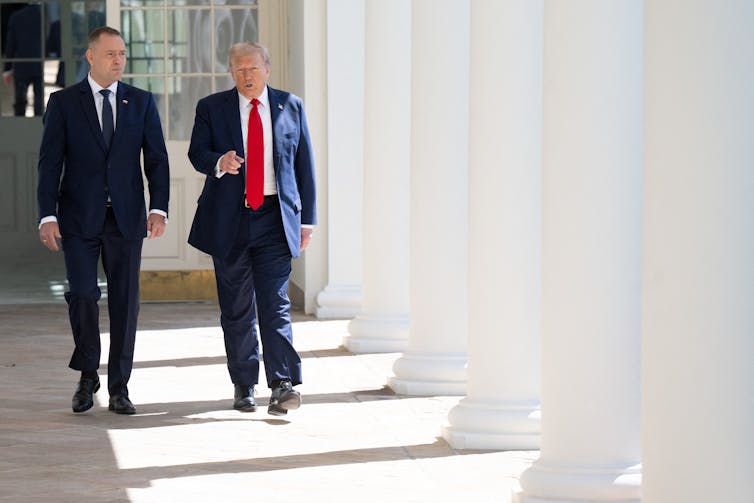
Saul Loeb/AFP via Getty Images
Polish President Karol Nawrocki had what was regarded as a highly successful meeting at the White House in early September, during which President Donald Trump said the U.S. commitment to Poland – both political as well as the military presence – would remain and could in fact grow. The U.S. sees Poland as a staunch ally in a special category of particularly close partners. Beyond that, it’s at least theoretically possible that U.S. air defense assets based in Germany, including Patriot air defense battalions, might be deployed to Poland to beef up defenses there, but it’s unclear whether such a request has been made.
The views expressed are those of the author and do not necessarily reflect those of any organization he may be affiliated with.
_
_Sections of this article were originally included in a story published by The Conversation on Nov. 16, 2022.
![]()
John Deni does not work for, consult, own shares in or receive funding from any company or organization that would benefit from this article, and has disclosed no relevant affiliations beyond their academic appointment.
– ref. Poland responds to Russian drones incursion by invoking Article 4 of the NATO treaty − what happens next? – https://theconversation.com/poland-responds-to-russian-drones-incursion-by-invoking-article-4-of-the-nato-treaty-what-happens-next-265051

